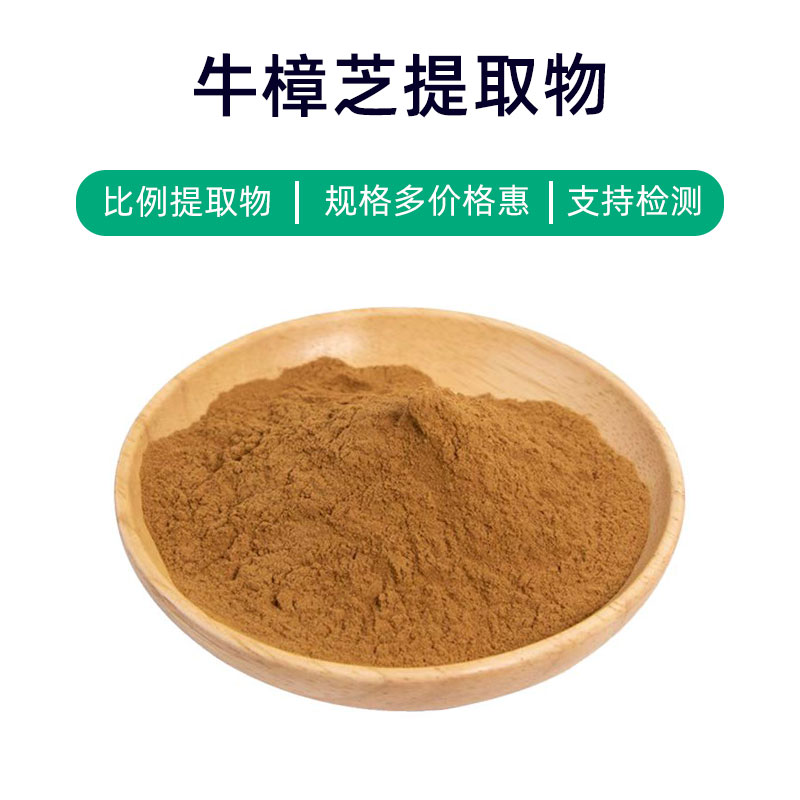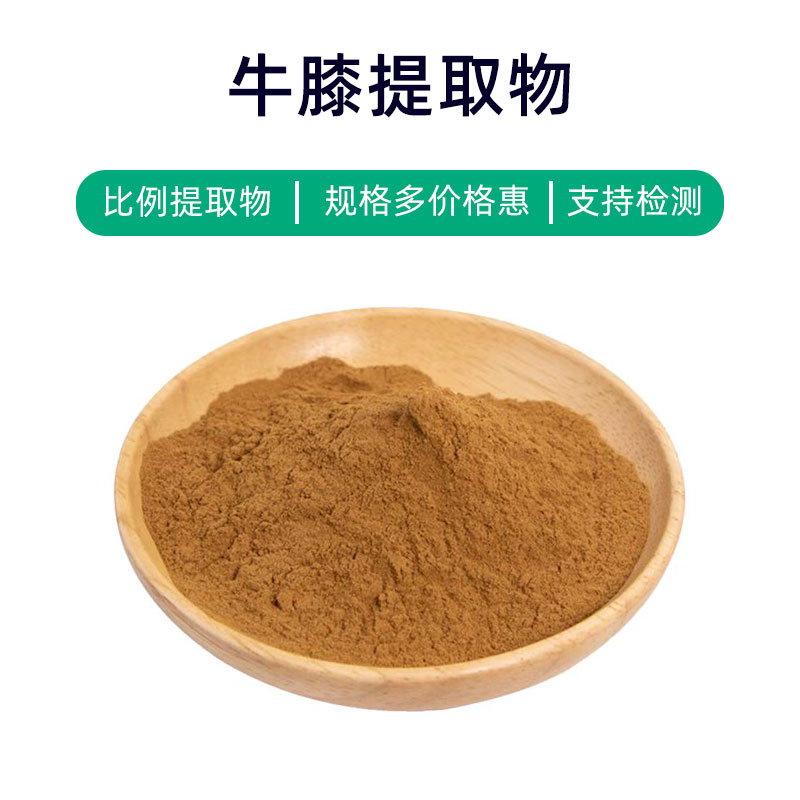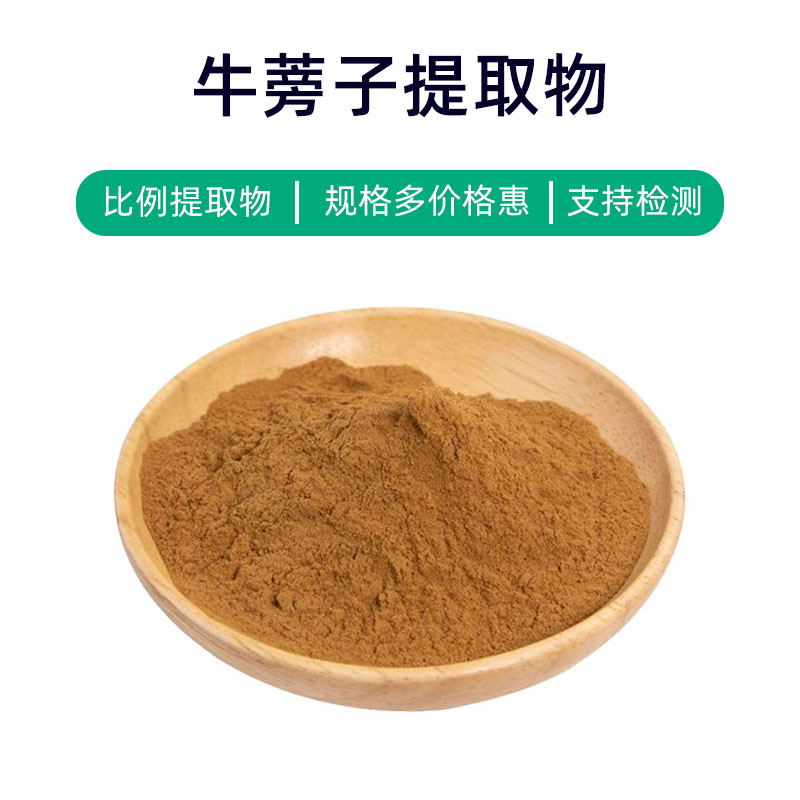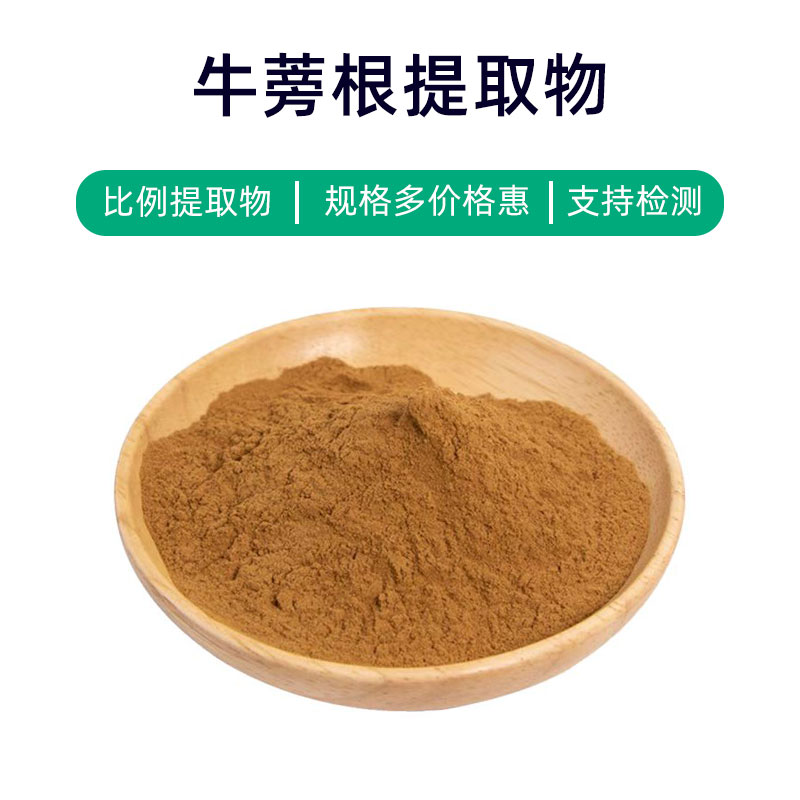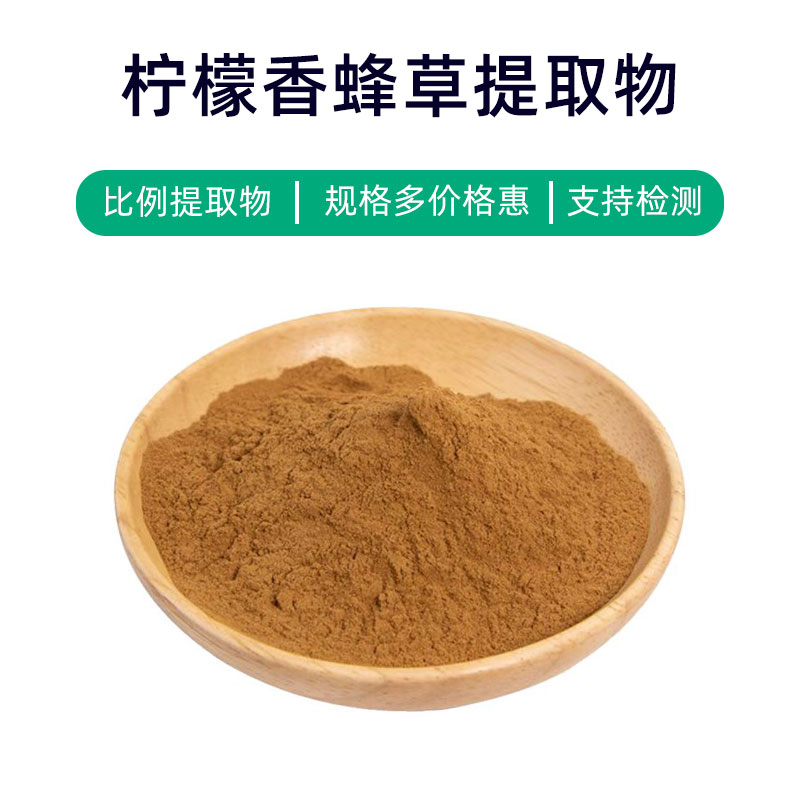Red Lotus Seed Extract Product Introduction
Red Lotus Seed Extract is a natural plant extract derived from the mature seeds of the lotus (Nelumbo nucifera). Its main components include rich proteins, starch, fats, vitamins, minerals, and various active ingredients, including red lotus seed alkaloids. These components give the extract several beneficial effects and application values.
Red Lotus Seed Extract is widely used in health supplements, pharmaceuticals, and cosmetics. Its primary effects include antioxidant, anti-aging, and beautifying properties. As a health supplement, it is rich in various nutrients that help boost immunity, delay aging, and improve sleep quality. In the pharmaceutical field, its active components have certain pharmacological effects and can be used to regulate body functions and enhance cardiovascular health. Additionally, it is commonly found in cosmetics, where its antioxidant and moisturizing properties help keep the skin youthful, hydrated, and smooth.
Overall, Red Lotus Seed Extract is a natural plant extract with multiple benefits and applications, extensively used in health, pharmaceuticals, and cosmetics fields, providing effective support for health and beauty.
Red Lotus Seed Extract Production Process
The production process for Red Lotus Seed Extract typically involves the following steps:
- Raw Material Preparation: Select fresh, mature red lotus seeds, wash them, peel, and dry them. This step is crucial for ensuring the quality of the extract.
- Crushing and Grinding: Crush or grind the cleaned red lotus seeds to increase extraction efficiency. Crushed seeds dissolve and extract more easily.
- Solvent Extraction: Soak or extract the crushed seeds with an appropriate solvent (such as water or ethanol). The choice of solvent and extraction conditions will affect the extract's components and quality.
- Concentration of Extract: Remove the solvent from the extract by methods such as evaporation or freeze concentration to obtain a concentrated extract.
- Filtration and Purification: Filter and purify the concentrated extract to remove impurities and unwanted components, enhancing purity and quality.
- Drying: Dry the filtered and purified extract to eliminate residual moisture, resulting in a dry extract powder.
- Packaging and Storage: Package the dry extract powder, usually in sealed containers, and store it in a dry, cool, dark place to maintain stability and the effectiveness of active ingredients.
- Quality Control: Implement strict quality control and testing throughout the production process to ensure the extract meets relevant quality standards and safety requirements.
Through these steps, high-quality, high-purity Red Lotus Seed Extract can be produced for various health supplements, pharmaceuticals, and cosmetics.
Benefits and Side Effects of Red Lotus Seed Extract
Red Lotus Seed Extract is a natural plant extract rich in nutrients and various bioactive components. Its benefits and effects primarily include:
- Antioxidant Effects: The extract contains rich polyphenols, such as anthocyanins and flavonoids, that exhibit strong antioxidant properties, helping to eliminate free radicals, delay cellular aging, and protect cells from oxidative damage.
- Blood Sugar Regulation: Studies suggest that certain components within the extract can lower blood sugar levels, helping to regulate glycemic control and providing adjunctive treatment for diabetes.
- Improving Sleep Quality: The extract contains components that have calming and sedative effects, aiding in improved sleep quality and alleviating anxiety and insomnia.
- Cardiovascular Protection: Ingredients like anthocyanins beneficially impact the cardiovascular system, helping to protect heart health, lower blood pressure, and improve cardiovascular function.
- Anti-inflammatory Effects: The extract includes active components with anti-inflammatory properties, which can effectively suppress inflammation and alleviate symptoms of related diseases.
- Digestive Health Promotion: Certain elements in the extract promote digestion by enhancing gastric secretion, boosting appetite, and relieving digestive issues.
- Immune Enhancement: The active ingredients can modulate immune responses, improving immunity and enhancing resistance to infections.
- Beauty and Skin Care: Rich in vitamins and minerals, the extract nourishes the skin, whitens, reduces spots, and delays aging, often used in beauty products.
As a natural plant extract, Red Lotus Seed Extract is generally safe; however, individual differences and allergic reactions should be noted. Consultation with a healthcare provider is recommended, following the usage instructions on the product.
Application Scenarios and Dosage of Red Lotus Seed Extract
Red Lotus Seed Extract has various applications across pharmaceuticals, food, and cosmetics. Below are its applications and recommended dosages:
- Medical Field Applications:
- Health supplements and drug formulations: It is often included as a component in health supplements and formulations aimed at regulating blood sugar and blood pressure, and improving sleep quality.
- Traditional Chinese Medicine: In traditional formulations, it’s processed into capsules or granules for treating heart disease, diabetes, and insomnia.
- Food Applications:
- Functional Food Additives: Frequently added to functional foods, such as lotus seed tea and lotus seed cakes, to enhance nutritional value and functionality.
- Flavors: Used as a flavor enhancer in pastries, cookies, and desserts to impart a unique taste and nutritional benefits.
- Cosmetics Applications:
- Skincare Products: Commonly included in skincare formulations like creams, masks, and lotions to moisturize the skin, reduce fine lines, and brighten complexion.
- Hair Products: Shampoos and conditioners that contain this extract can nourish hair, strengthen hair quality, and reduce breakage and hair loss.
Dosage Recommendations:
- Health supplements and medications: Follow the recommended dosage on the product label, usually 10-20 mg, 1-3 times daily.
- Functional Foods: Add the extract according to product guidelines, generally not exceeding 2% of the total food weight.
- Cosmetics: According to product labels, typically not exceeding 5% of the total formulation.
When using Red Lotus Seed Extract, it’s important to adhere to the specific product guidelines to avoid excessive use or prolonged high intake. If any discomfort or allergic reactions arise, discontinue its use and consult a healthcare professional.
Overview of the Plant Source, Distribution, and Growth Environment of Red Lotus Seed Extract
Lotus seeds, scientifically known as a member of the Nelumbo genus, are perennial aquatic plants belonging to the water lily family and fall under the herbaceous category. They originated in China. As an ancient medicinal and edible plant, lotus seeds have a rich historical and cultural legacy in China.
- Plant Description:
The lotus plant features long, thick stems that usually grow in freshwater; its root system is robust. The leaves are circular or heart-shaped, floating on the water surface, sometimes emerging from the water, with long rhizomes beneath. The flowers are large, with petals that are white or pink and are quite beautiful, commonly found in ponds and lakes. - Distribution:
Lotus seeds have a wide distribution, primarily flourishing in southern China, such as the Yangtze River basin and the Pearl River basin, particularly in Jiangsu, Zhejiang, Hunan, and Hubei provinces. Additionally, they are cultivated in some temperate regions across Asia, Africa, North America, and Europe. - Growth Environment:
The lotus plant thrives in warm and humid environments, typically found in shallow waters not exceeding one meter in depth, with clear water and adequate sunlight. The plant is not strict about soil type and can grow in both clayey and sandy soils.
Lotus cultivation in China has a long history, with records of planting dating back to ancient times. The Chinese people have mastered lotus cultivation techniques, resulting in widespread planting and long-term breeding which has led to various cultivated varieties, including the red lotus seed, which is considered one of the more valuable types.
In summary, as an aquatic plant, Red Lotus Seed flourishes in the warm, humid environments of southern China, and its unique growth conditions and regional distribution bestow it with distinctive qualities and medicinal value.
Processing and Storage of Red Lotus Seed Extract
The processing of Red Lotus Seed Extract mainly involves the following steps: first, selecting and washing the lotus seeds to remove surface impurities; next, shelling and extracting the red seed kernels; then, drying the red lotus seed kernels adequately to lower moisture content; and finally, employing suitable extraction methods, such as water or ethanol extraction, to obtain the effective components of the red lotus seeds.
For storage, Red Lotus Seed Extract should be kept in a dry, cool, and well-ventilated environment, protecting it from direct sunlight and high temperatures to prevent moisture and mold. Additionally, the extract should be stored in sealed containers to prevent oxygen and moisture from entering, thereby prolonging its shelf-life.
Monica Sun is a seasoned expert in the plant extraction industry with over a decade of experience in research and production. She specializes in the extraction and purification of plant active ingredients, focusing on driving innovation in natural product applications. Monica has participated in the development of multiple functional plant extracts, delivering high-value natural raw material solutions for the health food, pharmaceutical, and dietary supplement sectors.









